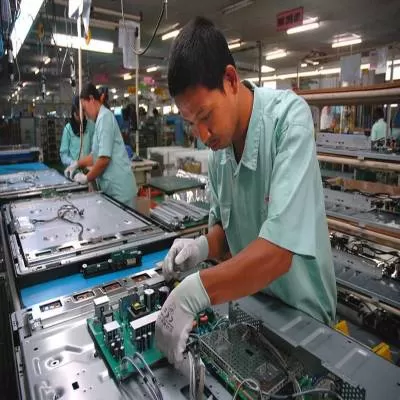
Mumbai, April 10 -- The Ministry of Electronics and Information Technology (MeitY) has launched the Electronics Components Manufacturing Scheme, a major move aimed at strengthening India's position as a global electronics manufacturing hub.
Union Minister Ashwini Vaishnaw, speaking at a press conference in New Delhi, described the scheme as a continuation of recent Cabinet decisions. He emphasized the government's consultative and inclusive approach, saying, "We take everyone's views into account before finalizing any law or policy."
Vaishnaw highlighted the sector's rapid growth, noting that smartphone exports crossed Rs 20,000 billion in the last financial year, with iPhone exports alone accounting for Rs 15,000 billion. Over the past decade, electronics production has increased five times, while exports have grown six times, with export and production CAGRs exceeding 20 per cent and 17 per cent respectively.
He pointed out that India's manufacturing journey has progressed from finished goods to sub-assemblies, and is now entering the crucial phase of deep component manufacturing. With over 400 units currently producing various components, India's ecosystem has expanded significantly in a short time.
The new scheme is designed to support multiple sectors including consumer electronics, automobiles, medical devices, and power systems, creating a multiplier effect across the economy. It particularly focuses on passive electronic components like resistors, capacitors, sensors, and connectors, while active components remain under the India Semiconductor Mission.
The scheme will also support the design and production of capital equipment used in electronics manufacturing. Vaishnaw noted that, similar to how the Semiconductor Mission attracted companies like Applied Materials, this new initiative aims to draw global players to invest in India's component ecosystem. Companies like Linde have already begun setting up operations in the country.
Acknowledging the sector's higher investment needs and longer development cycles, the scheme will offer three types of incentives: turnover-linked, capex-linked, and a hybrid model. Employment generation will be a mandatory requirement for all applicants, reinforcing the government's focus on inclusive growth and a resilient electronics sector.
Published by HT Digital Content Services with permission from Construction World.
